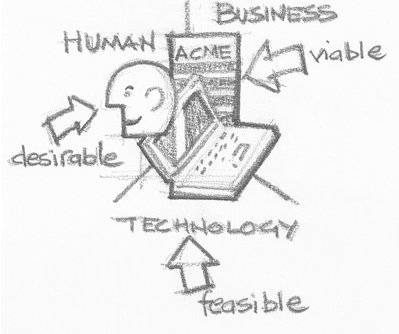- Bjarne Jensen

- May 1, 2019
- 1 min read
Inspired by www.hpi.dk Design School in Berlin, we present our plans for Danish Design Agency.
www.servicelabs.dk is your new Service Design Thinking & Design Management IoT Agency. We solve business and it-challenges for private and public organisations turning IoT-UX into sustainable eco-systems. How we UX-analyse & CX-design IoT business it-challenge: Visit www.servicelabs.dk
Our Design Thinking knowledge and experiences from attending events in Berlin - is listed below:

Design Thinking - 5 core elements for sustainable innovation of industries by www.hpi.de

www.startupnight.de - arranged by Deutsche Telekom and Volkswagen Group for innovative Startups.

Service Design Thinking LEAN UX Camp - hosted by www.zalando.com














